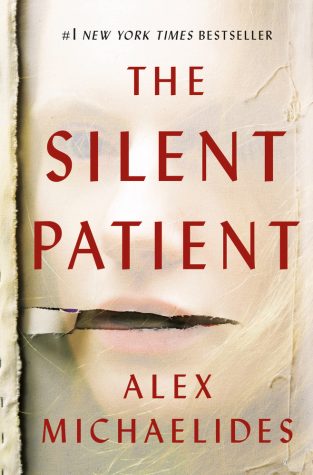Lit Pick #3: S by Doug Dorst
Drawing made by staff artist Dylan Taylor, depicting main themes of the book like “What begins at the water shall end, and what ends there shall begin again.”
This summer, a friend texted me and told me he had a book he wanted to recommend. He said that it was one of the best books he’s ever read and totally hyped it up. Naturally, I was skeptical — but I was still excited to read it — so I asked him what it was called. That’s when he got a little weird and answered that he wasn’t exactly sure. He said that technically the book was called S., but it was also called Ship of Theseus. Then, he explained: the book (S. — the real book) takes place in the annotations and margins of another book (called Ship of Theseus). Scribbled messages, papers folded in between pages, and footnotes all combine together to form one of the most unique stories I’ve read in a long time: S.
Also, when that friend called it one of the best books he’s ever read? I absolutely agree.
S. follows two college students: Jen and Eric. Eric leaves behind a book he’s annotating in the library where Jen works, and Jen returns it with some annotations of her own. They begin passing the book back and forth, writing little notes to each other, and strike up an unlikely friendship without ever meeting face to face. The reason they’re talking and studying Ship of Theseus is because the author that wrote it is shrouded in mystery, and this book is said to hold the key to his identity. Working together, Eric and Jen make their way through codes, mysterious antiques, secret messages, and more, all while racing against Eric’s former professor and current adversary.
One of the things that makes this book so compelling is that the reader is actually able to solve mysteries and answer questions alongside Jen and Eric. A code wheel is provided in the back, and secret messages are always pointed out before the characters solve them. There’s also the interesting matter of the characters themselves: through their messages to each other, we learn more and more about Jen, Eric, and their respective backstories — neither of them are how they appear on the surface. As for the fictional book they’re analyzing, it’s an entertaining read, contributing to the overall intrigue of the novel.
That being said, S. is not an easy novel to get through. It’s the kind of book that requires dedication — it took me a couple of weeks to finish — and it can get a little confusing sometimes since not all of the annotations are in order. There were points to the plot that I felt lost on, and I kept having to flip back to the foreword to check who some of the characters were.
Overall, though, I think S. is definitely worth reading. This is a little cheesy, but I was on the edge of my seat until the very last page. The school library doesn’t have a copy but you can purchase it on Amazon (here).
Not your genre? Here’s what else I’m reading (and recommending):
Fantasy / Sci-Fi – Glory Lane by Alan Dean Foster
Mystery – And Then There Were None by Agatha Christie
Adventure/Suspense – Holes by Louis Sachar
Realistic Fiction – Notes from the Midnight Driver by Jordan Sonnenblick
Romance – The Seven Husbands of Evelyn Hugo by Taylor Jenkins Reid
Historical Fiction – Dead End in Norvelt by Jack Gantos
Nonfiction – What If? by Randall Munroe

Hi there! I'm your editor, Amy Steward, and this is my fourth and final year with the newspaper. I've been doing journalism-type-things for as long as...

My name is Dylan Taylor and I am a junior and the cartoonist for Charger Ink.
If I’m not drawing for the newspaper I’m probably drawing something...











